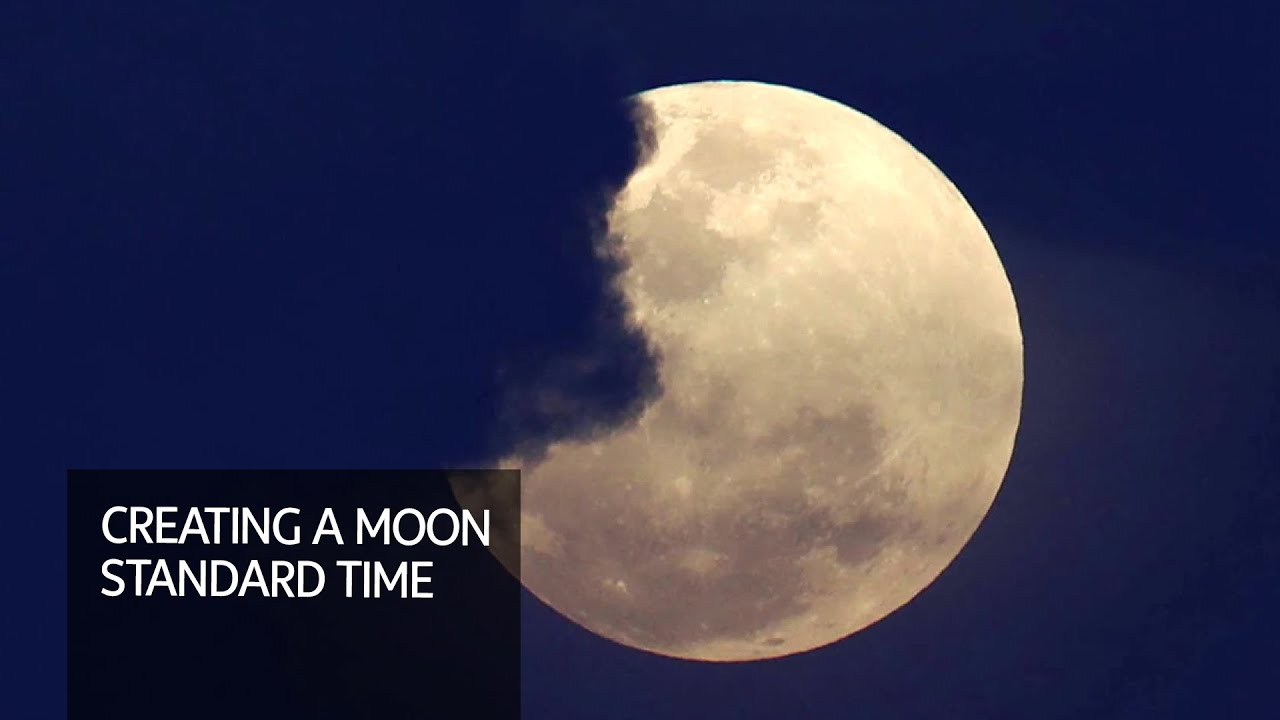Description

Copyright infringement not intended
Picture Courtesy: https://www.youtube.com/watch?v=p4vv9uuBItc
Context: The US establishes a lunar time standard using atomic clocks on the Moon due to time dilation effects from gravity, crucial for coordinating lunar activities.
Details: The United States, through NASA, is establishing a time standard for the Moon due to the unique characteristics of timekeeping on the Moon compared to Earth and the growing necessity for coordination and precision as lunar exploration and activities intensify.
Why Establish a Lunar Time Standard?
Relativity and Time Dilation
- Time on the Moon passes slightly differently compared to Earth due to Einstein's Theory of General Relativity. The lower gravitational field on the Moon causes time to "tick" faster, resulting in a daily gain of approximately 58.7 microseconds compared to Earth.
- The difference, although small, can have significant implications for precise mission planning, communication, and synchronisation of activities between Earth and the Moon.
Mission Coordination
- With increasing human and robotic missions to the Moon from various countries and private entities, there is a growing need for a standardised timekeeping system specific to lunar activities.
- Coordinating spacecraft operations, lunar landings, and scientific experiments require accurate time synchronisation that accounts for lunar time dilation.
Future Lunar Settlements
- As plans evolve for establishing permanent lunar bases or habitats, a consistent and reliable lunar time standard becomes essential for day-to-day operations, resource management, and maintaining communication with Earth.
How Will NASA Create a Lunar Time Standard?
- Deployment of Atomic Clocks: Atomic clocks, known for their exceptional accuracy and stability, will be deployed on the lunar surface. These clocks measure time-based on the oscillations of atoms (commonly cesium or rubidium atoms) and are capable of maintaining precise timekeeping even in extreme conditions.
- Strategic Placement of Clocks: To account for variations in the Moon's gravitational field and rotational dynamics, multiple atomic clocks will be strategically placed at different locations on the lunar surface. This distributed network of clocks will provide a comprehensive measurement of lunar time across various lunar landmarks or bases.
- Algorithmic Integration: The outputs from these atomic clocks will be integrated and synthesised using sophisticated algorithms. These algorithms will take into consideration factors such as lunar gravity anomalies (mascons), rotational variations, and other environmental influences to generate a unified and standardised lunar time scale.
- Synchronisation with Earth-Based Time: While the lunar time standard will be independent and tailored to lunar conditions, it will be synchronised with Earth-based timekeeping systems such as Coordinated Universal Time (UTC). This synchronisation will facilitate seamless communication, data transfer, and mission coordination between lunar operations and mission control on Earth.

Challenges and Considerations
- Technical Precision: Ensuring the accuracy and reliability of atomic clocks in the lunar environment, which includes temperature extremes, vacuum conditions, and radiation exposure, poses significant engineering challenges.
- Interoperability: The lunar time standard developed by NASA will need to be compatible with international standards to enable interoperability between different space agencies, private companies, and future lunar missions. Standardising lunar time will promote global cooperation and coordination in space exploration efforts.
- Long-Term Sustainability: Establishing a robust lunar time standard will require ongoing maintenance and calibration of atomic clocks on the Moon to account for any changes in lunar conditions over time.
Conclusion
- The creation of a lunar time standard by NASA involves leveraging advanced technologies, such as atomic clocks and algorithms, to address the unique timekeeping challenges posed by the lunar environment. By establishing a standardised lunar time scale, NASA aims to enhance the efficiency, safety, and coordination of lunar missions and pave the way for future exploration and settlement of the Moon.
Source:
Indian Express
|
PRACTICE QUESTION
Q. The need for a separate time standard for the Moon arises because:
A) The Moon is farther away from the Sun, affecting time perception.
B) The Moon's rotation is slower than Earth's, leading to longer days.
C) Lunar gravity is weaker, causing time to flow at a slightly different rate.
D) The Moon's lack of atmosphere makes clocks run faster.
Answer: C
|














